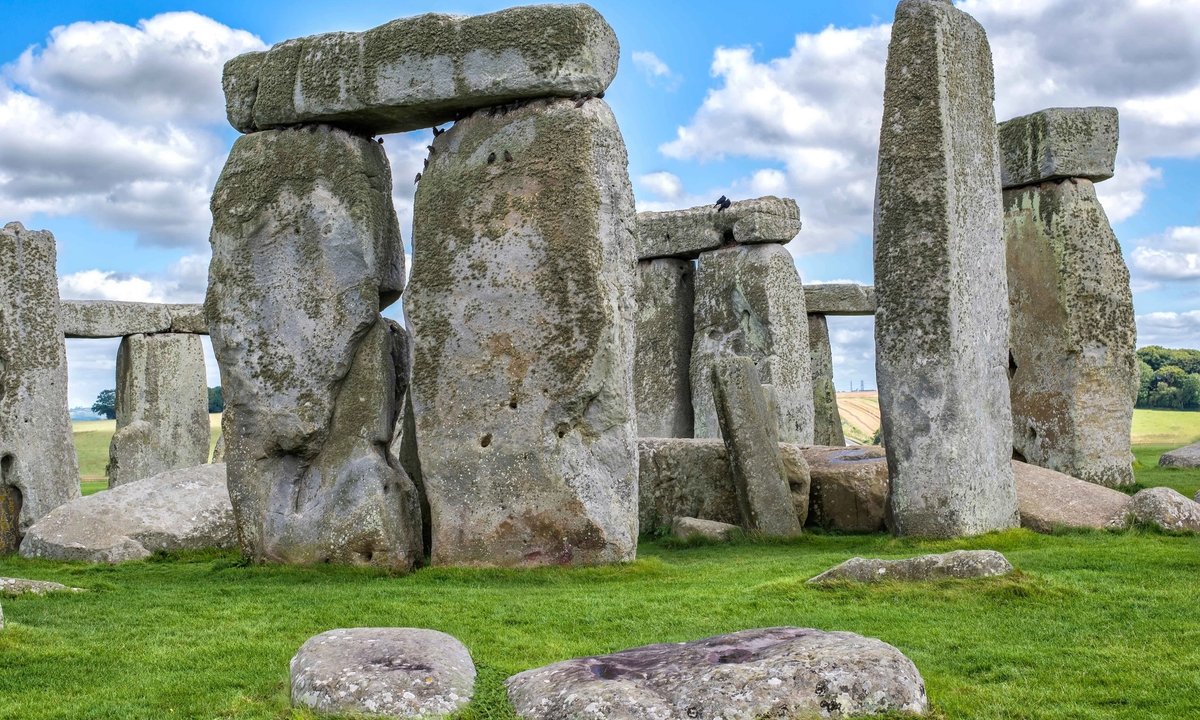
"The analysis provided evidence that the cow originated from an area with Palaeozoic rocks, such as the bluestones found in Wales. Michael Parker Pearson, professor of British later prehistory at University College London, says in a statement: "This is yet more fascinating evidence for Stonehenge's link with south west Wales, where its bluestones come from. It raises the tantalising possibility that cattle helped to haul the stones.""
"The cow's jawbone containing the tooth was discovered by archaeologists in 1924 near Stonehenge's south entrance. It has been dated to between 2995 and 2900BC, when the stone circle was first constructed. The researchers say in the new paper: "The remains of this elderly animal were found buried at Stonehenge. It is not known if it travelled to Stonehenge alive, or its remains were, curated and deposited there.""
A cow's jawbone with a molar found near Stonehenge dates to 2995–2900 BC, contemporary with the circle's initial construction. Sequential multi-isotope analysis of the tooth recorded roughly six months of growth from winter to summer. Carbon isotopes indicate seasonal dietary shifts from woodland fodder in winter to open pasture in summer. Strontium isotope signatures match Palaeozoic geology characteristic of southwest Wales, including the bluestone source area. The isotopic evidence implies the animal likely originated in Wales, supporting the possibility that cattle could have moved or accompanied bluestones to Salisbury Plain.
Read at The Art Newspaper - International art news and events
Unable to calculate read time
Collection
[
|
...
]